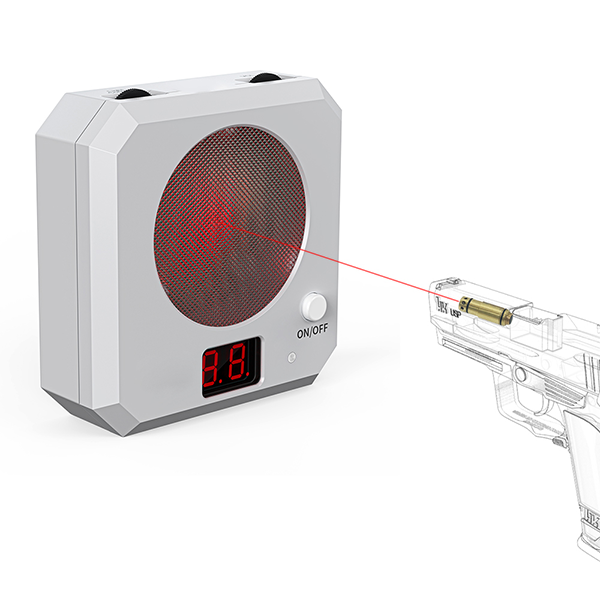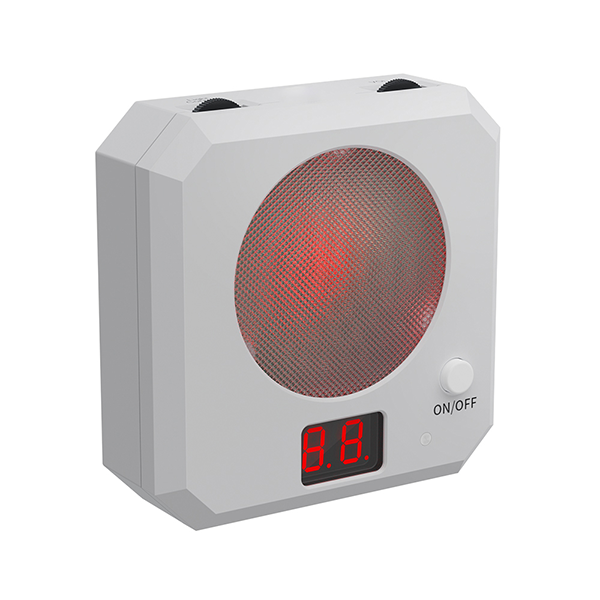In modern shooting and tactical training, accuracy and data-driven feedback are essential. Traditional paper targets can show where a bullet lands, but they cannot record hits from a laser or provide digital scoring. This is where counting laser targets come in — advanced devices designed to detect, count, and record laser hits with exceptional precision. Whether used by firearm trainers, military professionals, or sports shooters, these systems have become key tools for improving marksmanship and training efficiency.
To start, a counting laser target is an electronic device that detects and counts the hits from a laser training system or laser sight. When a shooter fires a laser training cartridge or activates a laser-equipped firearm, the beam hits the target’s surface, and the system instantly records the shot. The goal is to simulate real shooting conditions safely, without live ammunition.
Counting laser targets are commonly used in shooting simulators, law enforcement training centers, and recreational shooting setups. They combine precision optics and digital technology to create a realistic and safe shooting experience. Unlike manual scoring, these targets automatically calculate hit counts and accuracy, saving time and increasing consistency.

Behind every counting laser target is a precise detection system. The principle is simple but highly effective. When the laser beam strikes the target, it produces a light pulse that is captured by an optical sensor — often a photodiode or CMOS sensor. The sensor converts the light energy into an electrical signal, which is then analyzed by an internal microcontroller.
This process allows the target to identify each valid laser hit, filter out unwanted light, and display accurate results. The precision of detection depends on factors such as the sensor’s wavelength sensitivity and the system’s ability to distinguish between true laser signals and background light. In other words, the technology ensures that only genuine shots are recorded, maintaining the reliability of the laser hit detection process.
To understand how these systems achieve such precision, it helps to look at their main components.
Laser Sensor Module: This is the “eye” of the system. It detects incoming laser beams and responds only to specific wavelengths (red, green, or infrared).
Microcontroller Unit (MCU): Acting as the “brain,” the MCU processes sensor data, counts hits, and sends output signals to the display.
Display or Indicator System: The results — such as the total number of hits or reaction time — are shown on an LED or digital screen.
Power and Connectivity: Many models are powered by batteries or USB and may include Bluetooth or Wi-Fi for data transfer to mobile apps.
Target Surface Material: Designed to optimize reflection and detection, the surface ensures that the laser pulse is detected accurately from different angles.
Each component plays a role in ensuring that the laser training target operates efficiently and reliably, even under different lighting conditions.
Accurate laser pulse counting requires advanced signal processing. After detecting a laser pulse, the system must determine if it is a real hit or noise caused by ambient light or reflections. To achieve this, the software filters signals based on their duration, wavelength, and intensity.
In addition, algorithms compensate for the angle at which the laser hits the surface, improving precision. Many systems can also be calibrated to match different types of laser sights — red, green, or infrared — ensuring reliable performance with multiple firearm setups. This precision is essential for professionals who rely on laser accuracy measurement in their daily training or product testing.

Counting laser targets have become essential tools across various industries.
Firearm and Tactical Training: Military and police units use them for dry-fire drills and simulated combat exercises, allowing repetitive, safe practice with immediate feedback.
Hunting and Sports Shooting: Hunters and competitive shooters use these targets to refine aim and reaction time.
Airsoft and Paintball Games: In recreational use, they bring realism to games by detecting laser “hits” and providing scoring functions.
Training Centers and Academies: Instructors rely on them to monitor student progress and analyze performance data digitally.
These applications demonstrate how precision laser detection technology improves both safety and efficiency across training environments.
The growing popularity of counting laser targets lies in their clear advantages. They provide instant feedback, showing hit counts and accuracy in real time. Shooters can train without ammunition, reducing costs and risks while maintaining realistic performance.
Additionally, the targets are reusable, compact, and compatible with various laser colors and wavelengths. Data recording features also allow users to track improvement over time, making the system an excellent tool for skill development. These benefits make digital shooting targets an important innovation in the field of firearm training.
As optical and electronic technologies evolve, laser training systems continue to advance. Modern designs are increasingly integrating wireless connectivity, enabling multiple targets to synchronize and simulate group scenarios. Data analytics features now allow shooters to evaluate reaction time, accuracy, and consistency through connected apps.
Future models are expected to support more intelligent detection and faster signal processing, further enhancing precision and usability. While the basic principle of laser hit counting remains the same, the technology continues to expand its potential in training and simulation.
Counting laser targets represent a perfect blend of optical science, digital electronics, and practical design. By detecting and recording laser hits with exceptional accuracy, they transform how professionals and enthusiasts train with laser-equipped firearms. These systems deliver the essential benefits of safety, convenience, and precision — all critical to effective marksmanship training.
As the demand for reliable laser shooting targets continues to grow, choosing a trusted supplier becomes increasingly important.
Yijing Optoelectronics is one of China’s leading counting laser target manufacturers, dedicated to providing high-performance semiconductor laser products and optical detection systems. With advanced R&D capabilities and strict quality control, Yijing delivers dependable and cost-effective solutions for professional shooting, training, and simulation needs.
Explore Yijing’s innovative range of laser modules and precision detection systems to enhance your next-generation training experience.